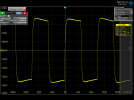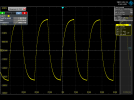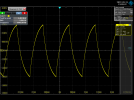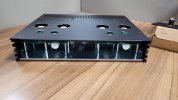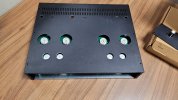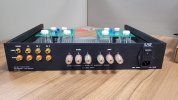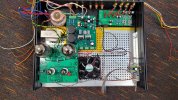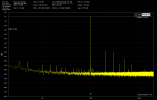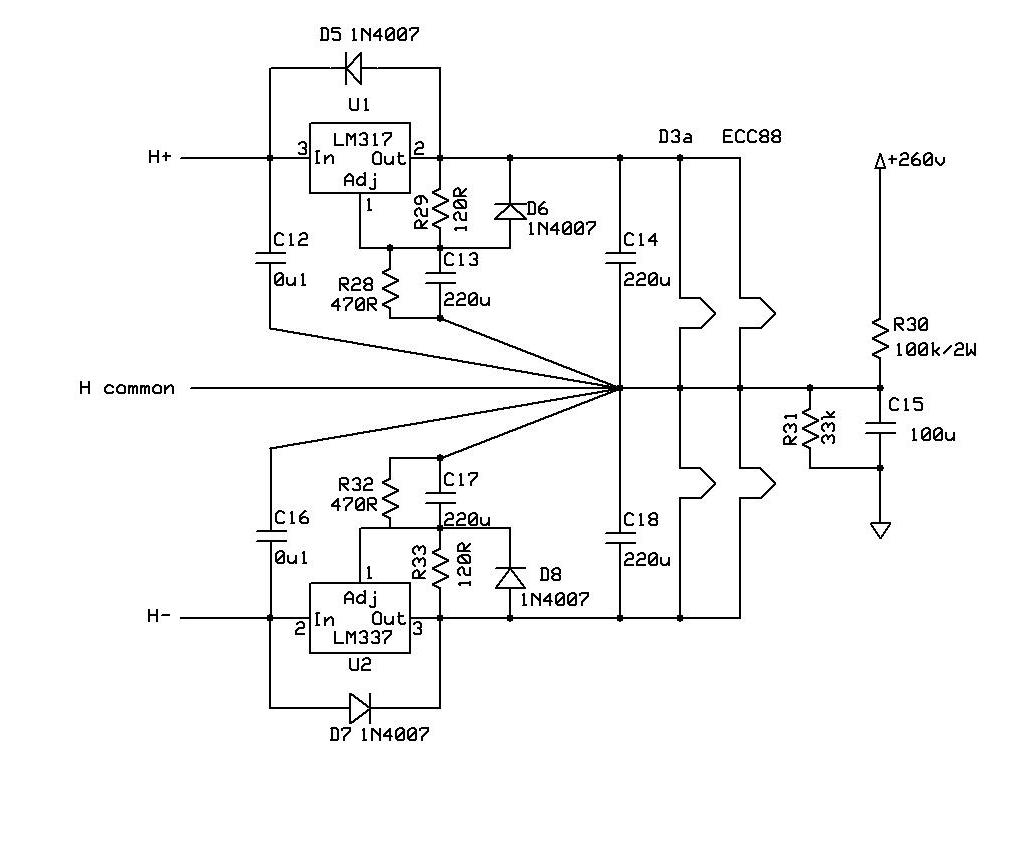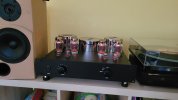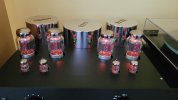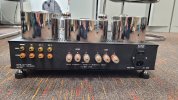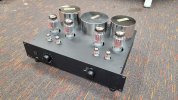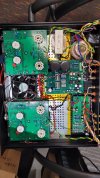OP
- Thread Starter
- #41
I managed to perform a quick measurement with the feedback closed. Below you can see the frequency response (log frequency scale).

I'm also inserting the openloop response with log frequency scale, just for reference.

And I'm attaching the square wave response for 1kHz, 500Hz and 100Hz. The frequency response does look better than open loop but I still get a HF rolloff way too early. I'll look into that when I have more time.
I'm also inserting the openloop response with log frequency scale, just for reference.
And I'm attaching the square wave response for 1kHz, 500Hz and 100Hz. The frequency response does look better than open loop but I still get a HF rolloff way too early. I'll look into that when I have more time.
